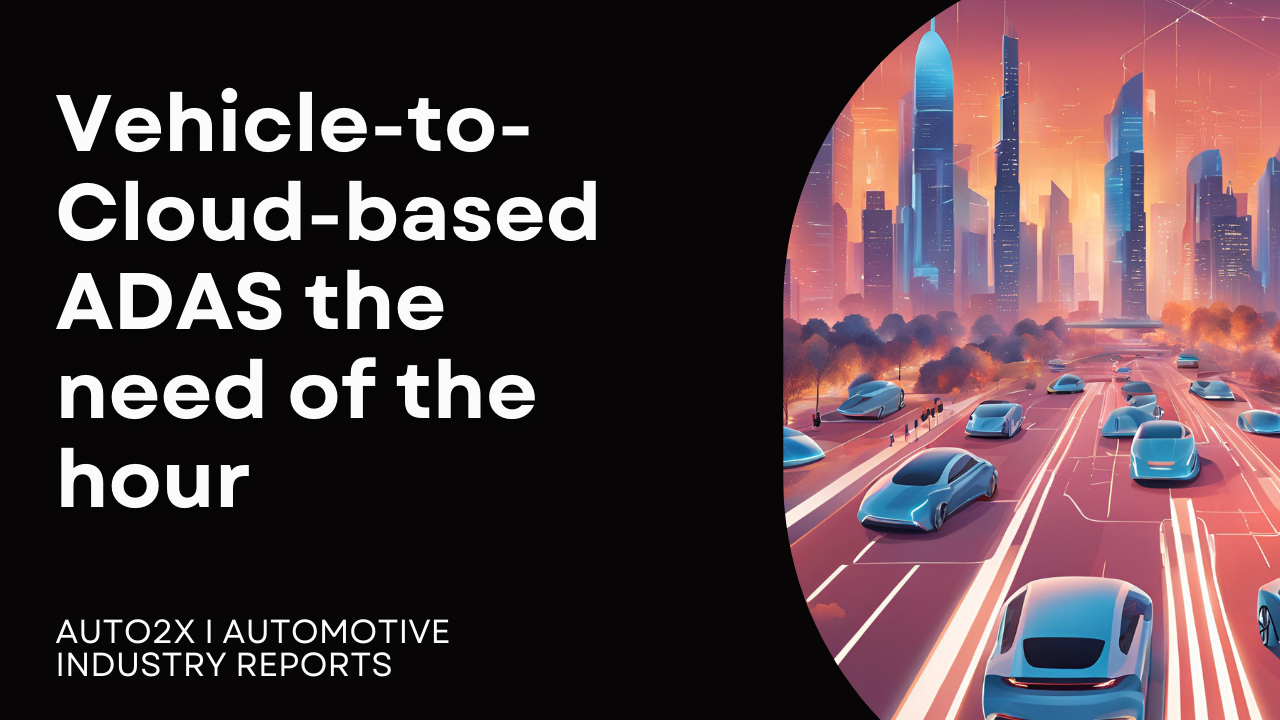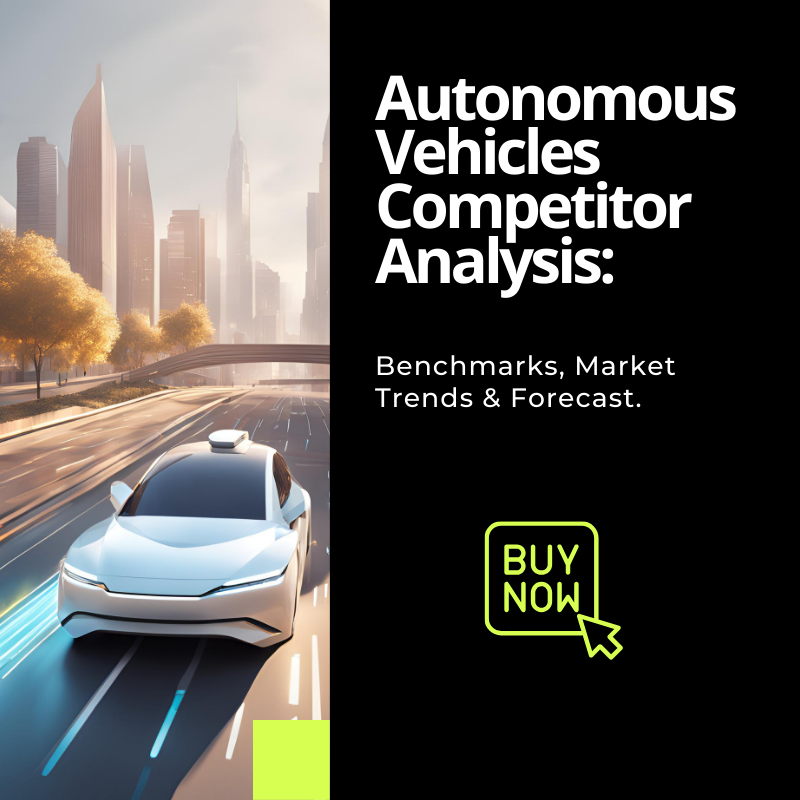- Cloud-based development of ADAS promises scalability, efficiency, security, and staying always up to date to guarantee that today’s systems will mitigate future accidents in the ever-changing road environment
- Data-driven and Software-defined cars and Mobility Services could see accelerated deployment by 2025
- The role of Cloud computing providers is increasing
4 benefits of Cloud-based platforms for ADAS development
By 2030, 67% of vehicles sold globally will have at least level 2 and 3 autonomous driving capability. One quarter will have level 4 and under 5% will have level 5 full automation capabilities.
Up-to-date and robust models to mitigate future accidents after SOP
Cloud and OTA-based architecture can provide augmented robustness to traditional validation of ADAS and higher-quality ADAS models by identifying and rectifying failures after SOP with SW patches. Data generated from radars, cameras lidars, and other embedded smart devices can be processed using cloud platforms and the improvements can be used immediately.
Software is becoming increasingly complex
Vehicle-to-Cloud-based ADAS can simplify the development of automated driving functions by managing accumulating data volumes such as traffic data from vehicles and simulation data.
ADAS must be developed in ever shorter cycles
ADAS Sensor data can be processed using cloud-based platforms to enhance the efficiency, safety and security of self-driving vehicles.
V2X will rely heavily on cloud-based computing
Vehicle-to-Cloud (V2C)-based ADAS can achieve safe and secure data exchange between OEMS, suppliers and others.
Leveraging a Digital twin for V2C-based ADAS
Carmakers are already starting to work with cloud computing providers for a variety of application segments—including software development platforms and SaaS. I believe this trend will continue and accelerate in the next decade.
- Amazon Web Services holds a strong position in this domain counting Lyft, TuSimple, HERE, Toyota Research Institute, and nuTonomy among its clients. In Feb’21, Torc Robotics, Daimler Truck’s subsidiary, announced the selection of Amazon Web Services (AWS), Inc. as its preferred cloud provider to handle the scale and speed needed for data transfer, storage, and compute capacity as the company prepares to deploy its fleet of L4 test trucks in New Mexico and Virginia.
- Microsoft Azure is also being used by carmakers such as VW (Feb’21), Ford, and Cruise (Jan’21) among others.
- Other notable players include IBM, Google, Alibaba, Tencent, Dell, Harman, and HERE.
Read more
- Five New Revenue Pools for Automated Mobility
- Three Takeaways from Top Suppliers’ ADAS Revenues in 2020
- 21% of new cars to be highly-automated in 2025
- Top-12 technology partnerships in Connected & Automated Driving in 2020
- TOP-5 new changes in 2021 transforming Autonomous Driving
Read our reports to understand the strategies of major Suppliers in ADAS sensors, AD platforms as well as collaborations. Our reports also provide an in-depth analysis of how the regulatory framework affects the OEM strategy for Level 3 deployment.
To learn more about competition and market developments in the next decade read our reports

